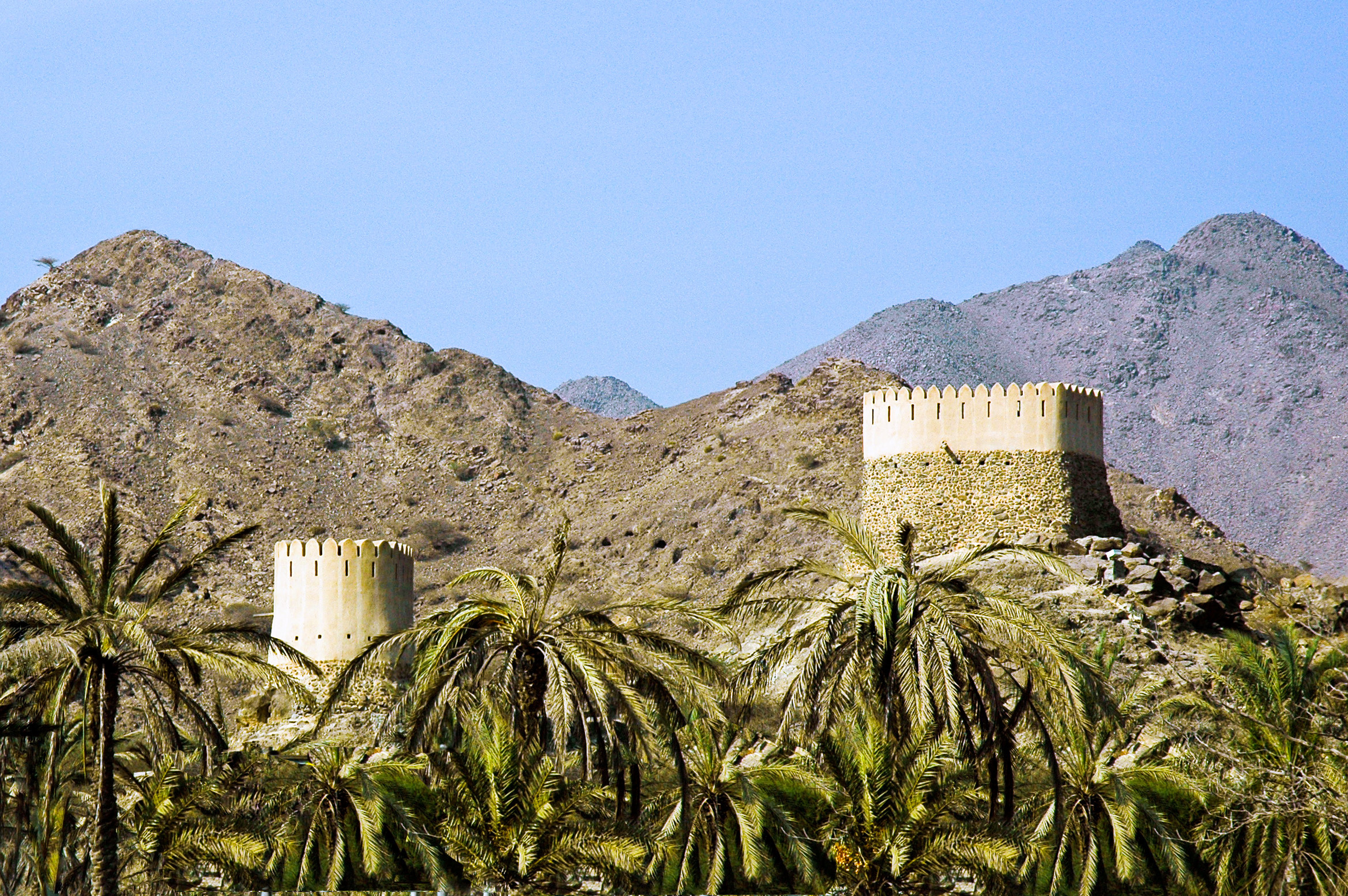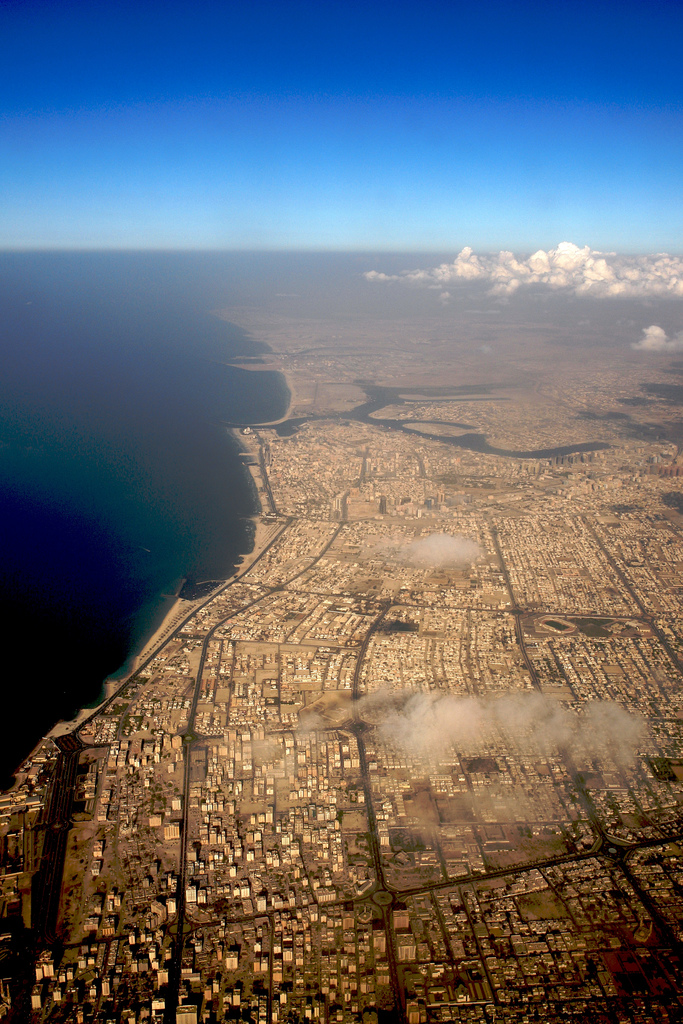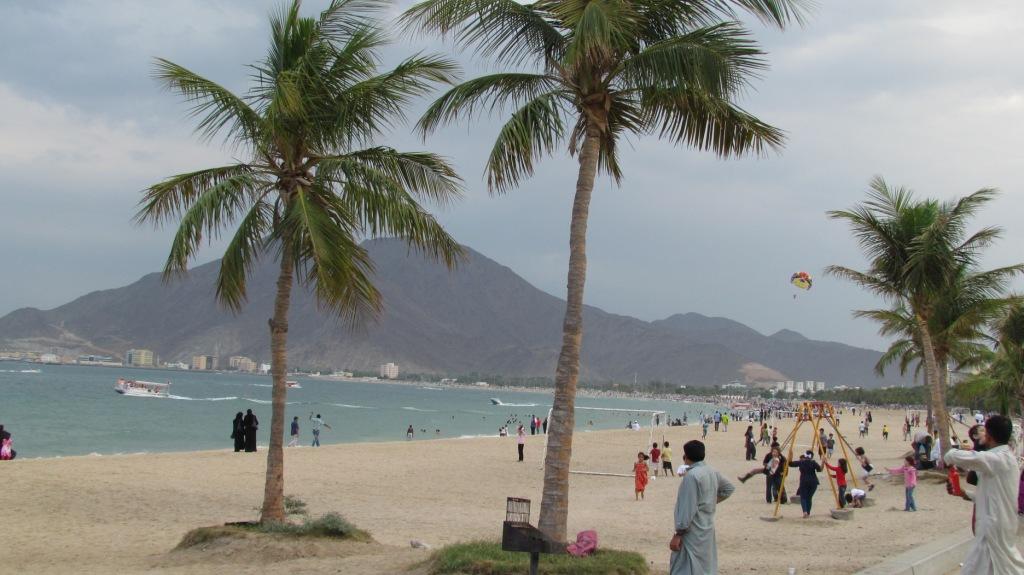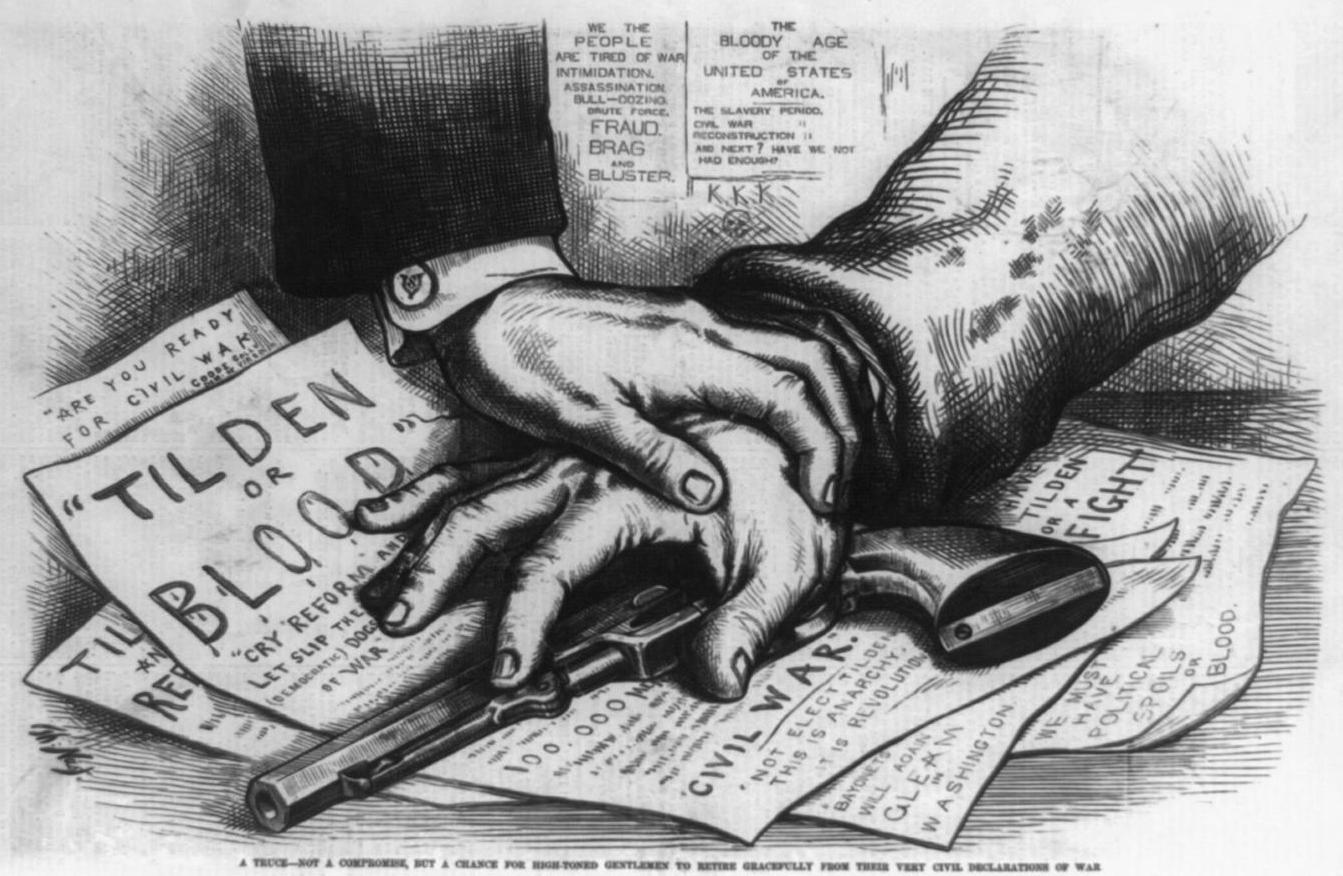|
Trucial Coast
The Trucial States, also known as the Trucial Coast, the Trucial Sheikhdoms, or Trucial Oman, was a group of tribal confederations to the south of the Persian Gulf (southeastern Arabia) whose leaders had signed protective treaties, or truces, with the United Kingdom between 1820 and 1892. The Trucial States remained an informal British protectorate until the treaties were revoked on 1 December 1971. The following day, six of the sheikhdoms—Dubai, Abu Dhabi, Sharjah, Ajman, Umm Al Quwain and Fujairah—formed the United Arab Emirates; the seventh, Ras Al Khaimah, joined on 10 February 1972. Overview The sheikhdoms included: * Abu Dhabi (1820–1971) * Ajman (1820–1971) * Dubai (1833–1971) * Fujairah (1952–1971) * Kalba (1936–1951) * Ras Al Khaimah (1820–1972) * Sharjah (1820–1971) * Umm Al Quwain (1820–1971) The sheikhdoms allied themselves with the United Kingdom through a series of treaties, beginning with the General Maritime Treaty of 1820 and including ... [...More Info...] [...Related Items...] OR: [Wikipedia] [Google] [Baidu] |
New Imperialism
In History, historical contexts, New Imperialism characterizes a period of Colonialism, colonial expansion by European powers, the American imperialism, United States, and Empire of Japan, Japan during the late 19th and early 20th centuries. The period featured an unprecedented pursuit of overseas territorial acquisitions. At the time, State (polity), states focused on building their empires with new technological advances and developments, Right of conquest, expanding their territory through conquest, and exploiting the resources of the subjugated countries. During the era of New Imperialism, the European powers (and Japan) individually conquered almost all of Scramble for Africa, Africa and parts of Western imperialism in Asia, Asia. The new wave of imperialism reflected ongoing International relations (1814–1919), rivalries among the great powers, the economic desire for new resources and markets, and a "civilizing mission" ethos. Many of the colonies established during t ... [...More Info...] [...Related Items...] OR: [Wikipedia] [Google] [Baidu] |
Gulf Rupee
The Gulf rupee () was the official currency used in the British protectorates of the Arabian Peninsula that are around the Persian Gulf between 1959 and 1966 (1970 Oman). These areas today form the countries of Kuwait, Bahrain, Qatar, Oman, and the United Arab Emirates. It was issued by the Government of India and the Reserve Bank of India and was equivalent to the Indian rupee. History To the middle of the 20th century, the Indian rupee was also used as the official currency in the emirates on the eastern Arabian Peninsula, namely Kuwait, Bahrain, Qatar, the Trucial States, and Oman. That meant, in effect, that the Indian rupee was the common currency in those territories as well as in India. The Indian rupee was pegged to the British pound at a rate of 13 Indian rupees = 1 pound. The Government of India had complained of gold traffickers in the Gulf region whose base of operations was constantly being broadened, especially in Kuwait, Bahrain and Dubai. Smugglers used to take ... [...More Info...] [...Related Items...] OR: [Wikipedia] [Google] [Baidu] |
Emirate Of Fujairah
The Emirate of Fujairah ( ' ) is one of the Emirates of the United Arab Emirates, seven emirates that make up the United Arab Emirates, the only one of the seven with a coastline solely on the Gulf of Oman and none on the Persian Gulf. Its capital is Fujairah. History The Emirate of Fujairah, dominated by the ''Sharqiyin'' tribe, sits at the mouth of the important trade route, the ''Wadi Ham'' (which is guarded by the Sharqiyin Al Bithnah Fort), through the Shumayliyyah Mountains, mountains to the interior and the Persian Gulf Coast. Known as the ''Shamaliyah'', the east coast of what is now the UAE was subject to Sultanate of Muscat, Muscat until 1850, when it was annexed by ''Al Qasimi'' of Emirate of Sharjah, Sharjah, in an agreement made between Sheikh Sultan bin Saqr Al Qasimi and the List of rulers of Oman, Sultan of Muscat. The Shamaliyah was governed by Al-Qasimi Wali at Kalba although frequently seceded and in 1901 Sheikh Hamad bin Abdullah Al Sharqi, chief of the Sh ... [...More Info...] [...Related Items...] OR: [Wikipedia] [Google] [Baidu] |
Emirate Of Umm Al Quwain
The Emirate of Umm Al Quwain (UAQ; ; ) is one of the Emirates of the United Arab Emirates, seven constituent emirates of the United Arab Emirates, located in the north of the country. It is the least populous and second smallest emirate in the UAE and borders the Persian Gulf. Umm Al Quwain lies between Ras Al Khaimah and Sharjah/Ajman on the west coast. It has a coastline stretching to 24 km (15 miles). It had 72,000 inhabitants in 2007 and has an area of . The Emirate of Umm Al Quwain was formed in 1775, when Sheikh Majid Al Mualla established it as an independent sheikhdom. The emirate is now ruled by Saud bin Rashid Al Mu'alla, Saud bin Rashid Al Mualla. The current crown prince is Rashid bin Saud bin Rashid Al Mua'lla, and the deputy ruler is Abdullah bin Rashid Al Mualla III. The emirate consists in the main of the coastal city of Umm Al Quwain and the inland oasis town of Falaj Al Mualla, some from the coast. The Population of the Emirate is 49,159 according to th ... [...More Info...] [...Related Items...] OR: [Wikipedia] [Google] [Baidu] |
Emirate Of Ajman
The Emirate of Ajman (; ) ( Gulf Arabic: إمارة عيمان emāratʿymān) is one of the seven emirates of the United Arab Emirates. It joined the United Arab Emirates federation on December 2, 1971. It has an area of 259 square kilometers (100 sq mi), which makes it the smallest of the emirates in terms of area, while its population of approximately 504,846 in 2017 according to the Federal Competitiveness and Statistics Center makes it the fourth most populous emirate in the country. It is named after the city of Ajman, which is its seat of government. The main landmass of the emirate is a semi-enclave, surrounded on the north, east, and south by the Emirate of Sharjah. Located on the coast of the Persian Gulf, Ajman also controls two small inland exclaves: Manama and Masfout, both of which are primarily agricultural. [...More Info...] [...Related Items...] OR: [Wikipedia] [Google] [Baidu] |
Emirate Of Sharjah
The Emirate of Sharjah (; ') is one of the emirates of the United Arab Emirates, which covers and has a population of over 1,400,000 (2015). It comprises the capital city of Sharjah, after which it is named, and other minor towns and exclaves such as Kalba, Al Dhaid, Dibba Al-Hisn and Khor Fakkan. The emirate is an absolute monarchy. It has been ruled by Sultan bin Muhammad Al-Qasimi since 1972, except for a seven-day period during an attempted coup d'etat by his brother, Sheikh Abd al-Aziz bin Muhammad Al Qasimi. History Human settlement in the area covered by the emirate has existed for over 120,000 years, with significant finds made of early axes and stone tools as well as Copper and Iron Age implements in Al Dhaid, Al Thuqeibah, Mileiha, Tell Abraq, Muwailah, Al Madam and Jebel Faya. Archaeological finds in the Mleiha area point to human habitation consistent with the spread of humanity from Africa to the wider world, evidenced by finds displayed at the Ml ... [...More Info...] [...Related Items...] OR: [Wikipedia] [Google] [Baidu] |
Emirate Of Abu Dhabi
The Emirate of Abu Dhabi is one of seven Emirates of the United Arab Emirates, emirates that constitute the United Arab Emirates. It is the largest emirate, accounting for 87% of the nation's total land area or . Abu Dhabi also has the second-largest population of the seven emirates. In mid-2016, the emirate had a population of 2,908,000, with 551,500 being Emirati citizens, accounting for around 19% of the population. In 2023, the emirate's population had grown to 3,789,860. The city of Abu Dhabi, after which the emirate is named, is the capital of both the emirate and the federation. In the early 1970s, two important developments influenced the status of the Emirate of Abu Dhabi. The first was the establishment of the United Arab Emirates in December 1971, with Abu Dhabi as its initially temporary political and administrative capital. The second was the sharp increase in oil prices following the Yom Kippur War, which accompanied a change in the relationship between the oil ... [...More Info...] [...Related Items...] OR: [Wikipedia] [Google] [Baidu] |
Emirate Of Dubai
The Emirate of Dubai is one of the seven emirates of the United Arab Emirates. It is the most populous emirate of the UAE. The capital of the emirate is the eponymous city, Dubai. Governance Dubai is governed as an absolute monarchy by the Al Maktoum family, who have ruled since 1833. It operates within the federal structure of the UAE, with the Ruler of Dubai also serving as the Vice President and Prime Minister of the UAE. Geography The city of Dubai is located on the coast of the Persian Gulf, while the Emirate stretches inland and is bordered to the south by the emirate of Abu Dhabi, to the northeast by the emirate of Sharjah, to the southeast by the country of Oman, to the east by the emirate of Ajman, and to the north by the emirate of Ras Al Khaimah. Subdivisions The emirate and the coterminous city is subdivided into nine numbered sectors. Dubai is divided into 9 sectors of which 1 to 6 are urban and 7 to 9 are rural. In numbers of 2007: 1.511.423 urban, 18.369 ... [...More Info...] [...Related Items...] OR: [Wikipedia] [Google] [Baidu] |
United Kingdom Of Great Britain And Ireland
The United Kingdom of Great Britain and Ireland was the union of the Kingdom of Great Britain and the Kingdom of Ireland into one sovereign state, established by the Acts of Union 1800, Acts of Union in 1801. It continued in this form until 1927, when it evolved into the United Kingdom, United Kingdom of Great Britain and Northern Ireland, after the Irish Free State gained a degree of independence in 1922. It was commonly known as Great Britain, Britain or England. Economic history of the United Kingdom, Rapid industrialisation that began in the decades prior to the state's formation continued up until the mid-19th century. The Great Famine (Ireland), Great Irish Famine, exacerbated by government inaction in the mid-19th century, led to Societal collapse, demographic collapse in much of Ireland and increased calls for Land Acts (Ireland), Irish land reform. The 19th century was an era of Industrial Revolution, and growth of trade and finance, in which Britain largely dominate ... [...More Info...] [...Related Items...] OR: [Wikipedia] [Google] [Baidu] |
Ceasefire
A ceasefire (also known as a truce), also spelled cease-fire (the antonym of 'open fire'), is a stoppage of a war in which each side agrees with the other to suspend aggressive actions often due to mediation by a third party. Ceasefires may be between state actors or involve non-state actors. Ceasefires may be declared as part of a formal treaty but also as part of an informal understanding between opposing forces. They may occur via mediation or otherwise as part of a peace process or be imposed by United Nations Security Council resolutions via Chapter VII of the United Nations Charter. A ceasefire can be temporary with an intended end date or may be intended to last indefinitely. A ceasefire is distinct from an armistice in that the armistice is a formal end to a war whereas a ceasefire may be a temporary stoppage. The immediate goal of a ceasefire is to stop violence but the underlying purposes of ceasefires vary. Ceasefires may be intended to meet short-term limited need ... [...More Info...] [...Related Items...] OR: [Wikipedia] [Google] [Baidu] |
Arabian Peninsula
The Arabian Peninsula (, , or , , ) or Arabia, is a peninsula in West Asia, situated north-east of Africa on the Arabian plate. At , comparable in size to India, the Arabian Peninsula is the largest peninsula in the world. Geographically, the Arabian Peninsula comprises Bahrain, Kuwait, Oman, Qatar, Saudi Arabia, the United Arab Emirates (UAE) and Yemen, as well as southern Iraq and Jordan. The largest of these is Saudi Arabia. In the Roman era, the Sinai Peninsula was also considered a part of Arabia. The Arabian Peninsula formed as a result of the rifting of the Red Sea between 56 and 23 million years ago, and is bordered by the Red Sea to the west and south-west, the Persian Gulf and the Gulf of Oman to the north-east, the Levant and Mesopotamia to the north and the Arabian Sea and the Indian Ocean to the south-east. The peninsula plays a critical geopolitical role in the Arab world and globally due to its vast reserves of petroleum, oil and natural gas. Before the mod ... [...More Info...] [...Related Items...] OR: [Wikipedia] [Google] [Baidu] |
Persian Gulf
The Persian Gulf, sometimes called the Arabian Gulf, is a Mediterranean seas, mediterranean sea in West Asia. The body of water is an extension of the Arabian Sea and the larger Indian Ocean located between Iran and the Arabian Peninsula.United Nations Group of Experts on Geographical NameWorking Paper No. 61, 23rd Session, Vienna, 28 March – 4 April 2006. accessed 9 October 2010 It is connected to the Gulf of Oman in the east by the Strait of Hormuz. The river delta of the Shatt al-Arab forms the northwest shoreline. The Persian Gulf has many fishing grounds, extensive reefs (mostly rocky, but also Coral reef, coral), and abundant pearl oysters, however its ecology has been damaged by industrialization and oil spills. The Persian Gulf is in the Persian Gulf Basin, which is of Cenozoic origin and related to the subduction of the Arabian plate under the Zagros Mountains. The current flooding of the basin started 15,000 years ago due to sea level rise, rising sea levels of ... [...More Info...] [...Related Items...] OR: [Wikipedia] [Google] [Baidu] |








